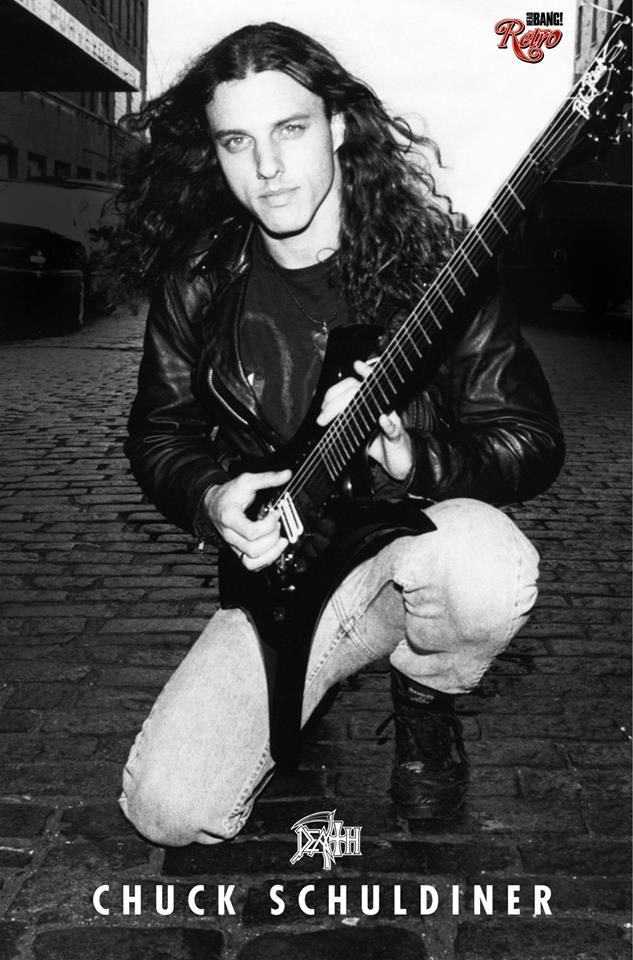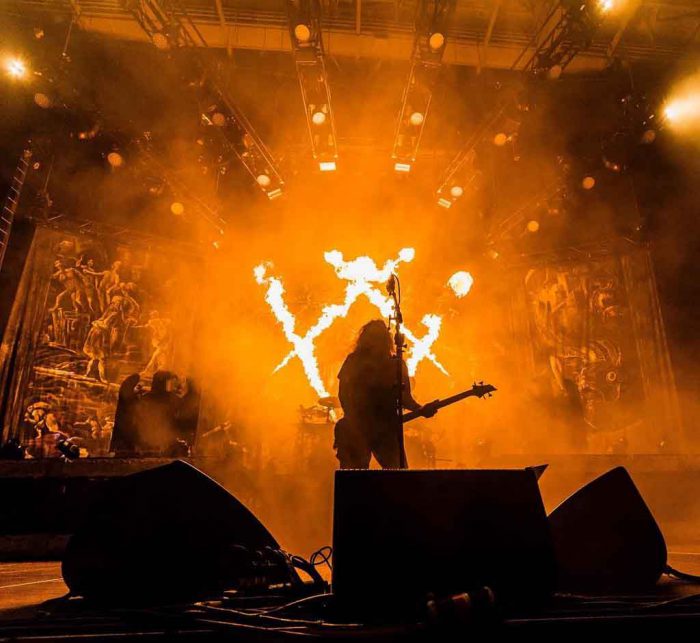
Chuck Schuldiner who once played crushing music that popularized Death metal before attempting to follow the mid 90s phase where every Underground band had to somehow rise to face the more rock influenced bands at their own game through whinier passages and trivial lyric matter. During that period his technical abilities increased but his inability to arrange worthwhile music become obvious rather as he relied exclusively on rock structures that culminated in a solo before repeating the whole process without any thoughts on progression, narration or momentum. This created the effect where some truly incredible melodies were juxtaposed next to some very mediocre sections derived from rock and other genres. This device was then taken by a large number of bands who have then used it to promote a singular idea over everything else and has contributed largely to the decline of metal in general. Let us look at a few moments where the Chuck Schuldiner syndrome was very apparent.
(more…)
36 CommentsTags: chuck schuldiner, Chuck Schuldiner Syndrome, death, death metal, grave, nile, Obscura, terrible, The Absence, vektor











